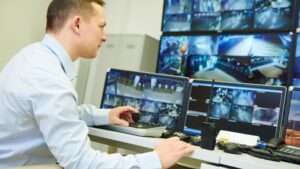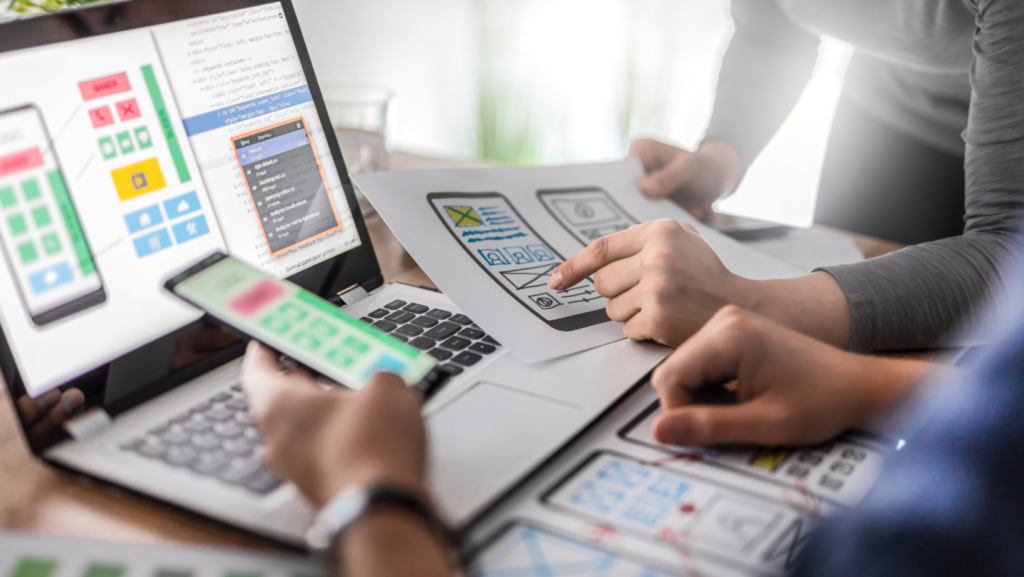In the ever-evolving landscape of digital art, creators face a myriad of challenges that push the boundaries of creativity and innovation. From mastering complex software tools to staying ahead of shifting trends, the world of digital art demands adaptability and skill. Navigating the technical aspects while maintaining artistic integrity can be a daunting task for even the most seasoned artists.
As digital platforms continue to shape the way art is created and consumed, artists grapple with issues of originality, visibility, and monetization. Balancing the need for self-expression with the demands of a competitive market poses a unique set of challenges that require a blend of artistic vision and strategic thinking. In this dynamic environment, overcoming digital art challenges is not only a test of skill but also a journey of self-discovery and growth.
Digital Art Challenges
 Navigating the digital art realm comes with the challenge of mastering various software tools. Artists have to continually learn and adapt to the ever-evolving technology to create stunning digital artworks efficiently. Keeping up with the latest trends in digital art is essential but challenging. Artists need to stay updated with emerging techniques and styles to remain relevant and engage their audience in a rapidly changing landscape.
Navigating the digital art realm comes with the challenge of mastering various software tools. Artists have to continually learn and adapt to the ever-evolving technology to create stunning digital artworks efficiently. Keeping up with the latest trends in digital art is essential but challenging. Artists need to stay updated with emerging techniques and styles to remain relevant and engage their audience in a rapidly changing landscape.
Maintaining a balance between artistic creativity and technical proficiency poses a significant challenge for digital artists. Striking the right chord between expressing their artistic vision and leveraging technical tools is crucial for producing compelling digital art pieces.
Understanding the Impact of Technology
 In the realm of digital art challenges, creators encounter the profound impact of technology on their work. Employing traditional art techniques in the digital realm presents a unique set of challenges. While digital tools offer vast possibilities, artists must skillfully adapt traditional methods to suit the technological landscape. Striking a balance between age-old practices and cutting-edge advancements is essential for artists seeking to maintain a sense of tradition in their digital creations.
In the realm of digital art challenges, creators encounter the profound impact of technology on their work. Employing traditional art techniques in the digital realm presents a unique set of challenges. While digital tools offer vast possibilities, artists must skillfully adapt traditional methods to suit the technological landscape. Striking a balance between age-old practices and cutting-edge advancements is essential for artists seeking to maintain a sense of tradition in their digital creations.
Navigating the vast array of digital tools and software available can be daunting for digital artists. Managing the constraints of specific software while harnessing their full creative potential requires a deep understanding of each tool’s capabilities. Artists must continuously explore, experiment, and adapt to the evolving technological landscape to overcome these constraints and unlock new levels of creativity in their digital artistry.
Overcoming Creative Blocks
Creativity is key in digital art, but artists may encounter creative blocks at times. Here’s how artists can overcome such challenges. In the fast-paced digital age, finding inspiration is crucial for digital artists. They can seek inspiration from various sources such as Online Galleries: Exploring online galleries can expose artists to a wide range of digital artworks and styles, sparking new ideas.
- Social Media Platforms: Platforms like Instagram and Pinterest can serve as a treasure trove of inspiration, allowing artists to connect with a global community of creatives.
- Digital Art Communities: Engaging with digital art communities online enables artists to share experiences, receive feedback, and draw inspiration from fellow creators.
By actively seeking inspiration from diverse digital sources, artists can refresh their creativity and tackle creative blocks effectively.
Collaboration and Community in Digital Art
 Tapping into the vibrant ecosystem of collaboration and community is essential for digital artists to thrive. Engaging with fellow artists, sharing experiences, and seeking feedback fosters a supportive environment for growth. Artists can leverage online platforms and social media to connect with like-minded creatives globally, expanding their artistic horizons.
Tapping into the vibrant ecosystem of collaboration and community is essential for digital artists to thrive. Engaging with fellow artists, sharing experiences, and seeking feedback fosters a supportive environment for growth. Artists can leverage online platforms and social media to connect with like-minded creatives globally, expanding their artistic horizons.
Mastering digital art involves a blend of adaptability, skill, and creativity to navigate challenges in the competitive market. Technology’s impact and the fusion of traditional techniques shape the digital art landscape. Collaboration and community play a vital role in growth and skill enhancement. Engaging with peers, sharing experiences, and seeking feedback foster innovation. Participation in digital art communities offers networking opportunities and industry insights. Embracing collaboration empowers artists to overcome obstacles and evolve creatively. By staying connected and open to new ideas, digital artists can thrive in this dynamic and ever-evolving field.



